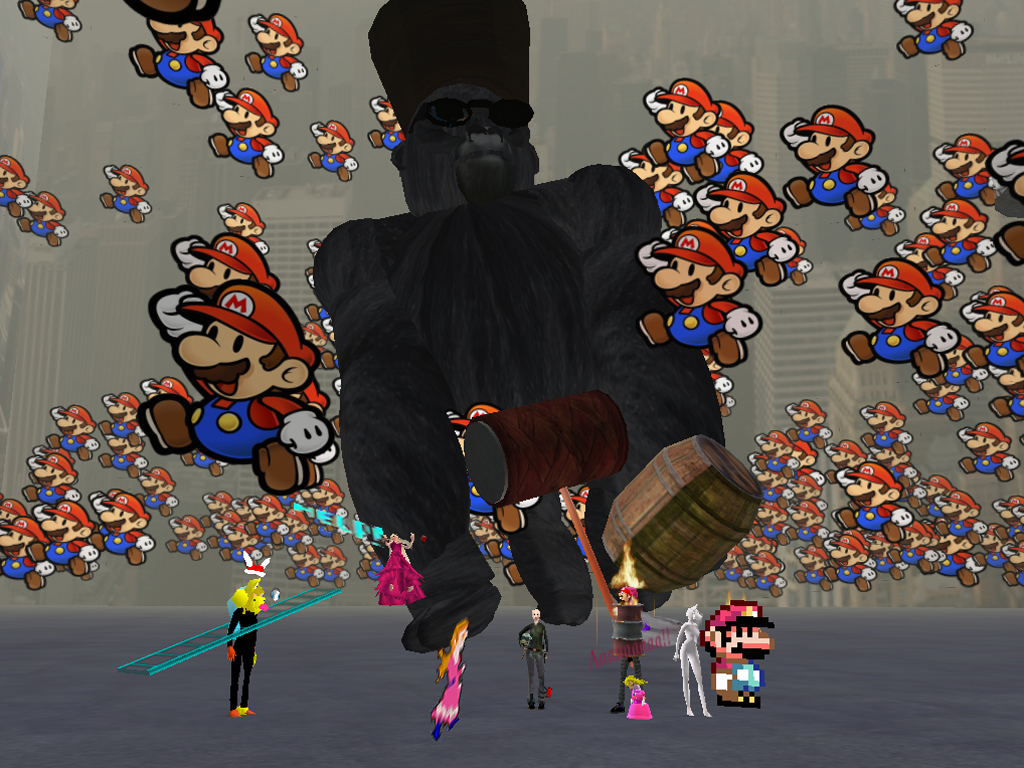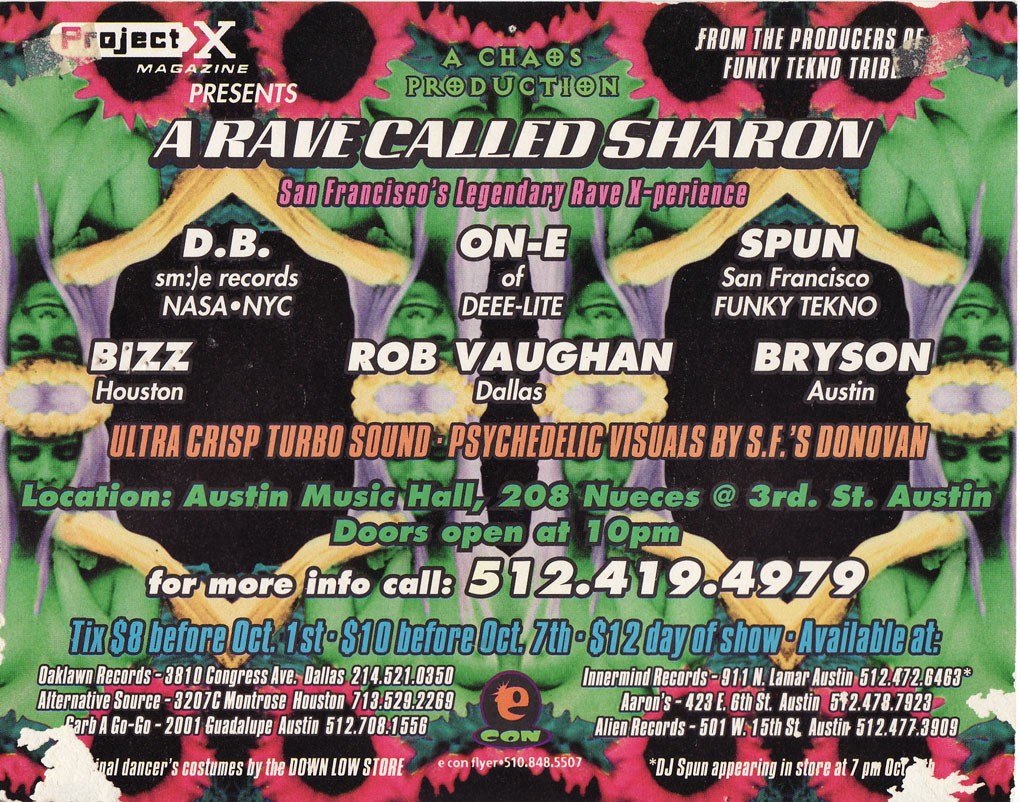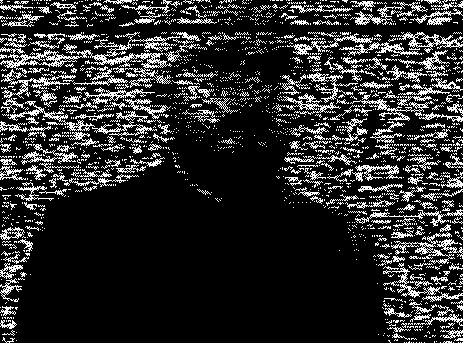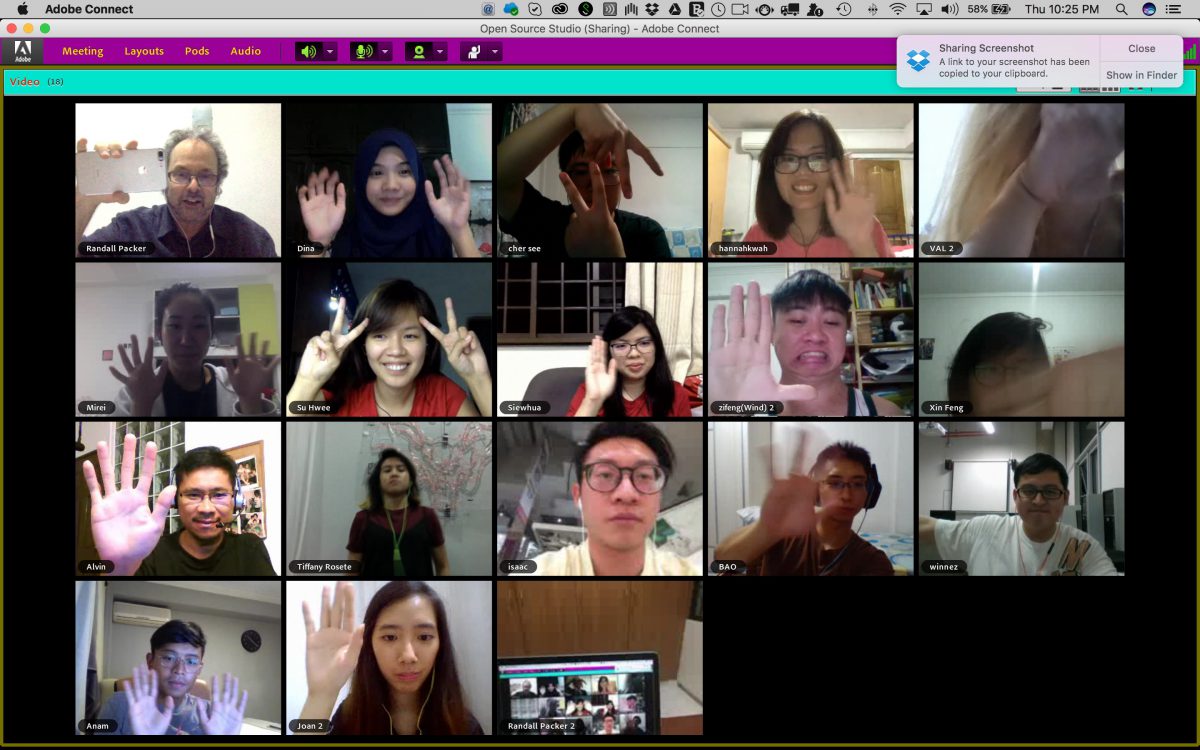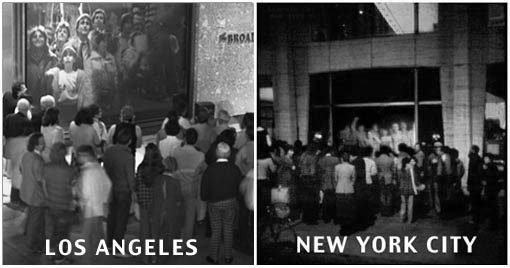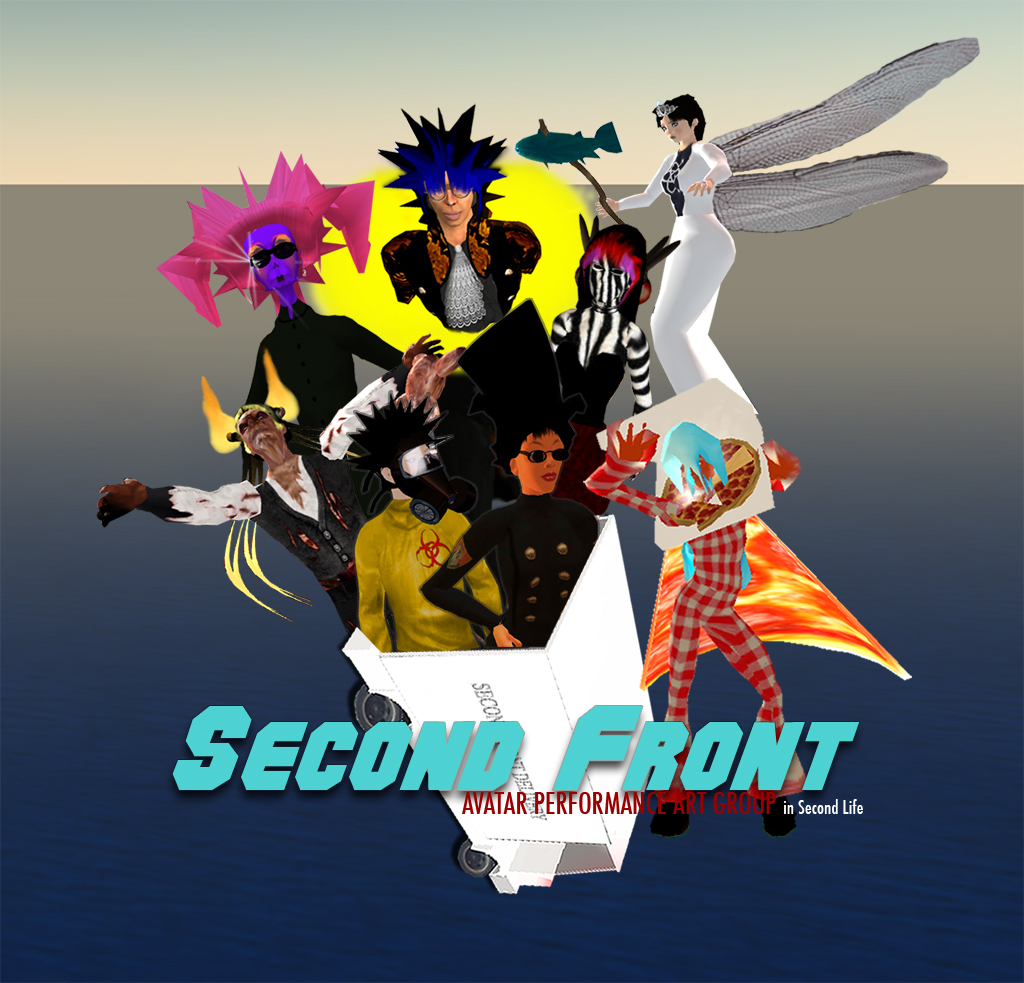
The Second Front is a group of artists performing in the public virtual space that is the world of Second Life. The interview with the Second Front crew revealed their preferences in terms of their video broadcasting location, their methodology in creating their pieces and how they viewed their video.
The performance by Second Front was often shown in the public and the crew actually called it the “virtual leakage”. I believed such concept was similar to what we had learnt in our previous lessons. The ability to interact with the audiences and the audiences were able to interact back. An example of such concepts existing before the Second Front was the VideoFreex and the way they broadcast their content as well.
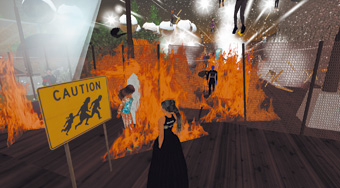
In the article, the Second Front had shown us another side to our humanistic behaviour when we were online interacting with one another. The Second Front had avatars and were able to do bold and crazy actions online in the world of Second Life. For example, in the video that was posted, Second Front was actually robbing a bank in the virtual world as part of their performances art. It proved to us that we often put on another persona when we were in the “third space”. The persona that was created often had very contrasting characteristic and behaved very differently from us in real life. I believed that the reason was that in the “third space”, we were able to do anything without any legal repercussion or consequences that we would have to bear later on. In such environment, people were able to explore and truly behave how they would like to and no one would criticise them. Such phenomenon was often seen in MMORPG where the player could be whoever they wanted to be and do whatever they wanted to do.
In conclusion, the Second Front is very relevant in today’s culture in the “third space”/internet where people were able to interact with one another in their “second life”. It has pushed the “third space” performance art further and brought up the concept of how our avatar was just ourselves in another form.
